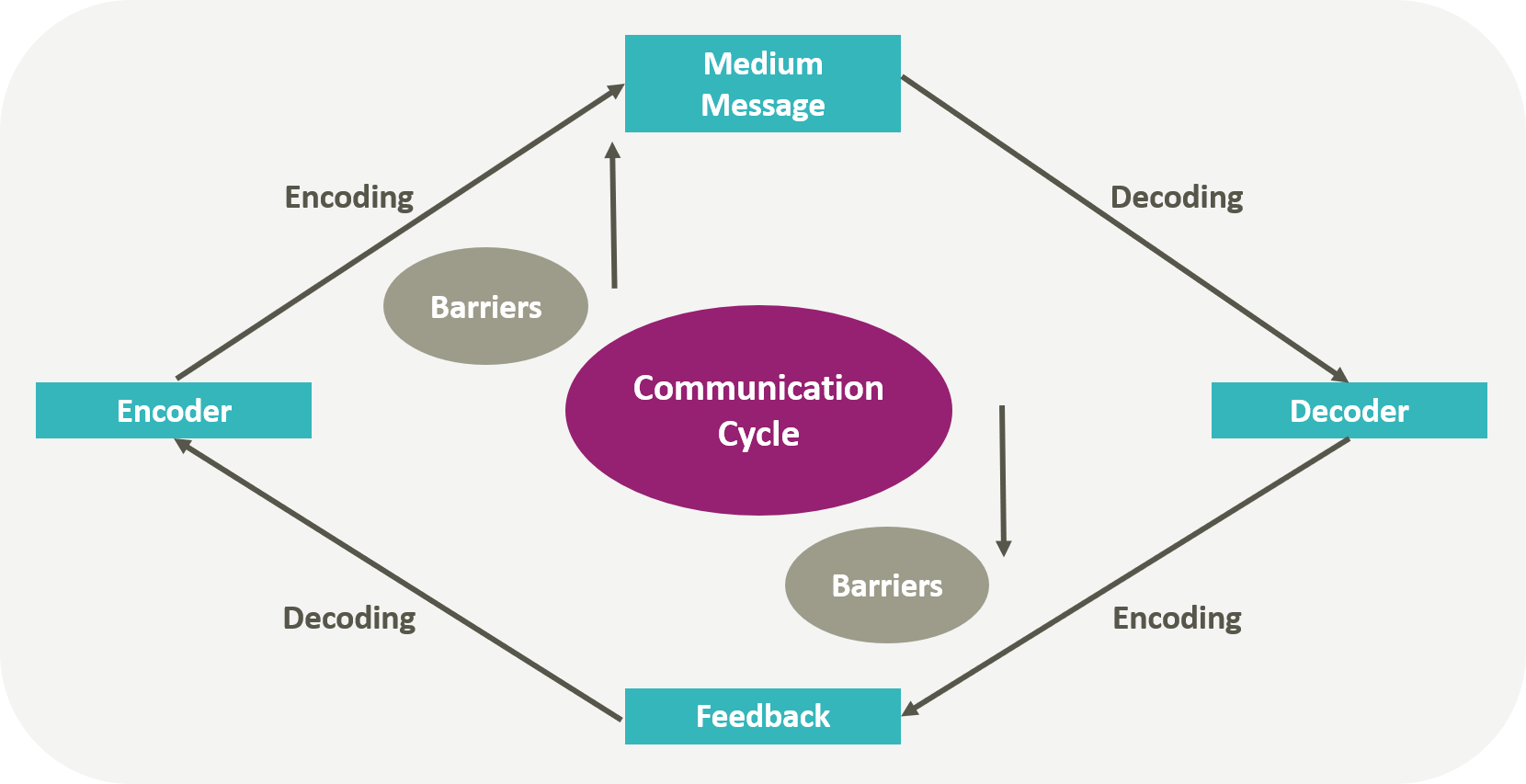Have you ever experienced that moment when you think you have agreed something with someone and then it turns out they interpreted it nothing like you imagined? This recently happened to a client and resulted in a situation where Impact was brought into mediate, and it got us thinking about the ‘Jingle Jangle’ fallacy. But when we shared this concept, which is well known in academia, many of our clients were unaware of it – in fact one client thought we were talking about Christmas!
This article will focus on demystifying ‘Jingle Jangle’ and its implications as well as exploring how this fallacy has impacted one of the most commonly used terms within HR departments and indeed organisations, work engagement.
What is the ‘Jingle Jangle’ fallacy?
The ‘jingle fallacy’ refers to people using a single term to describe a multiplicity of quite different things, whereas the ‘jangle fallacy’ refers to people using different terms to describe the same thing. Kelley (1927) was the first to define these tendencies, with Marsh (1994) outlining how people make assumptions that two constructs are dissimilar just because they have different names. There are many commonly used words such as resilience that may mean different things to different people (jingle) and have different terms (e.g. mental toughness or coping) that can be argued to mean the same thing (jangle).
How does this impact communication?
The ‘jingle jangle’ over terms and definitions means communication becomes more complicated and we can easily fall ‘victims’ of misunderstanding, making conflict more likely. Communication is a two-way process (see Figure 1) defined as ‘imparting or exchanging information by speaking, writing or using some other medium’. It begins with the sender translating information into a message (encoding) and then transmitting it via some form of medium to the receiver who tries to understand it in the way the sender intended (decoding). If there are perceptual and linguistic differences e.g. the same word meaning something different to different individuals, communication breakdown may occur where the message is misinterpreted by the receiver. Misunderstandings between individuals can quickly escalate into conflict with mediation often being used to reduce communication barriers and resolve the underlying issue. The cost of miscommunication to businesses is estimated at over $62 billion per annum. Whereas, effective communication has been suggested to increase shareholder value by up to 47% over a five-year period. You can combat miscommunication at work by being aware of differences in communication styles so that you can ensure everyone is on the same page. For tips on how to get your message across to your receiver, follow this link.

Figure 1: The Communication Process
The Jingle Jangle of Work Engagement
Work engagement is a hot topic within the HR field; clearly demonstrated in this year’s CIPD Annual Conference and Exhibition with many companies exhibiting employee engagement programmes and initiatives. The concept first arose in the 1990s, however, definitions are still ambiguous for both academics and practitioners using it with clients. In 2006 MacLeod and Clarke identified 50 definitions and, since then, this number has been continuously added to, disputed and changed. The Oxford Dictionary defines engagement as being related to participation, being involved, interacting and being present. A common definition we hear is that an engaged employee is fully absorbed and enthusiastic about their work. The ‘jingle’ fallacy is clearly evident with ‘employee engagement’ being used interchangeably to refer to traits, behaviours and psychological states (Macey & Schneider, 2008). Yet the ‘jangle’ fallacy has been used to claim employee engagement is just another word for job satisfaction, job involvement, and job commitment or the opposing dimension to burnout. Most HR practitioners have moved away from using the employee satisfaction surveys of the past, in favour of newer employee engagement surveys. Schaufeli, Bakker and Salanova (2006) developed a questionnaire to measure employee engagement, which they define as ‘a positive work-related state of fulfillment that is characterized by vigor, dedication and absorption’. Yet today there are hundreds of scales which claim to measure engagement. Gallup has been claiming to measure employee engagement for over 30 years and, whilst it has impressive international coverage, many believe it is not actually measuring employee engagement, the same is said for Best Companies.
Implications for Practice
Our Business Psychologists use effective communication tools to ensure we understand the clients’ needs and the problems they are trying to solve. We go beyond employee engagement, exploring the needs of the client and the organisation to ensure the right measure is selected for that unique situation. With over-25 years’ experience delivering an evidence-based approach, we are experts in ensuring we reduce this ‘jingle-jangle’ fallacy and ensure definitions, expectations, outcomes and success measures are defined and agreed. The importance of deciding what your business wants / needs to measure, including the value that can be added improving that measure based on the problem you want to solve, is where our Business Psychologists excel. Our initial analysis of your business always includes agreeing definitions before we design any solution or intervention to help resolve your current challenges. If you would like more information on this, get in touch with us here.